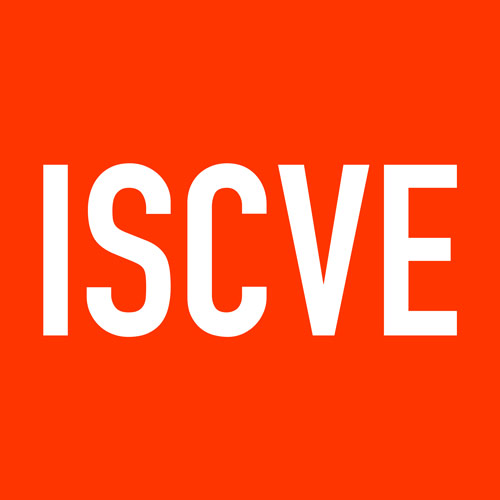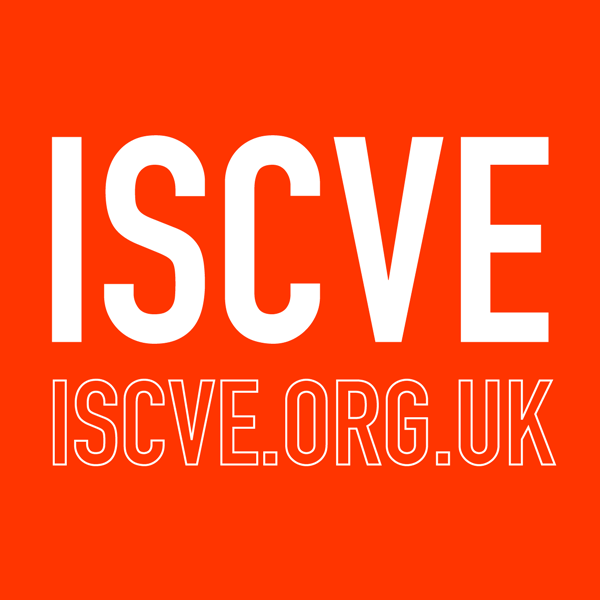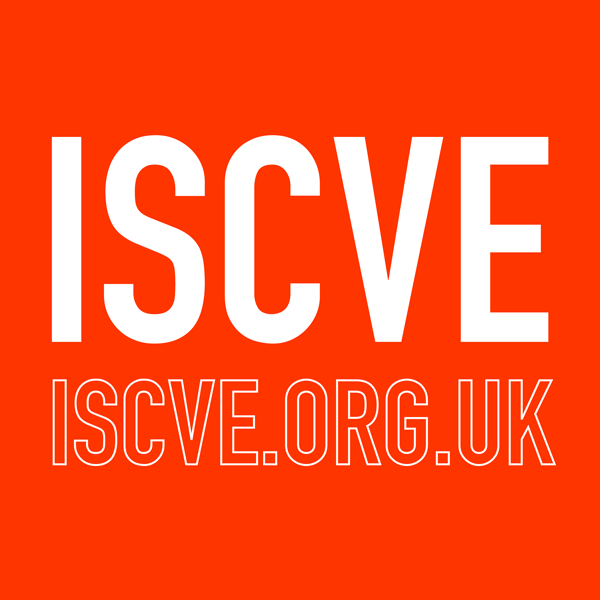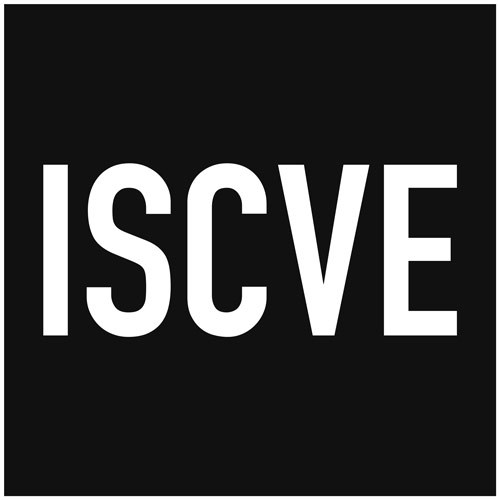LinkedIn, The Dedicated Social Media Channel for B2B Professionals
Why LinkedIn?…
Are you on LinkedIn? If so, do you use it regularly or did you just sign up because it was the thing to do at the time?! And if you’re not on it, why not?
My investigations indicate that there’s a large number of ISCVE members who don’t have a LinkedIn account and even more that have one but aren’t active on the channel.
But let’s be honest here. If you’re getting more than enough business via other marketing channels, then LinkedIn isn’t for you.
And if you don’t want to put in the effort (or haven’t got the time) to regularly get involved, again it’s not for you.
But if you want to harvest more B2B prospects – for free – then it is.
And if you want to impress your peers with pictorial examples of your handy work, that’s perfectly OK and LinkedIn is an ideal channel for that.
So, let’s briefly explore this sometimes-maligned social platform and its fundamental elements.
In 2021, LinkedIn has 660 million users across 200 countries and territories.
The History, Then and Now:
LinkedIn opened its doors in 2003. Within 3 years, there were 5 million users. By 2010, there were 85 million users.
In 2021, it’s now 660 million users across 200 countries and territories.
That’s a big number but it’s only 25% of Facebook who’ve got 2.8 billion users!
Yet, unlike Facebook, LinkedIn is recognised as probably the leading social media channel for B2B communications.
And 15% of all users are senior decision influencers and makers.
Its original purpose was as a jobs board and of course you can still go job hunting on there.
But, over the years, it has morphed into a prime resource for businesses and business people to secure new sales for their products and services. This is done by focusing in on their prime target market sectors and those that make the buying decisions.
Your Profile:
This is your LinkedIn shop window. It’s where you have the prime opportunity to make a good first impression.
What it’s not is where you upload your entire life story CV or bang on about your Company, its history, its philosophy and its achievements!
At the very top is your profile banner. Make sure that it’s not the bland default design! Upload an image that has some relevance to what you do.
Maybe add a company logo and be sure to include some contact details. A phone number and/or email address will do as it makes life so much easier for those viewing your profile.
Include a professional head-and-shoulders photo. Make sure that it looks like you mean business. You need to look the part.
It doesn’t have to be serious and ‘corporate’ but avoid holiday snaps, wedding photos and anything too casual.
Below your banner is your headline. By default, the first line will be your name but you can then get to work on making you stand out from the crowd in the next 220 characters.
Of course, you can include your job title on its own or weave it into the message but make sure that it contains a benefit to the reader.
Try and make it interesting, informative and intriguing with no corporate ramblings. After all, this is your LinkedIn page and profile.
Be sure to include keywords that people might search for within this industry or the specific market sector you serve as LinkedIn headlines are picked up by Google and integrated into their search offerings.
Make sure your headline tells the whole story as it will follow you around all over LinkedIn.
It’ll be there when you post in the newsfeed, when someone sends you a message and when someone checks out you and your profile.
It’s your chance to hook a prospect’s attention, showing that you’re relevant, interesting and worth a look.
Next up is your profile summary. This is also not the place for your CV!
It can be divided up into sections relating to you personally or your business in general.
Here’s a suggested format:
- What you do – keep it concise, highlighting the value you provide.
- How you do it – from a customer’s point of view, talk about benefits not features.
- Who you work with – give a clear indication about your specialist market sector.
- What people are saying – do you have any testimonials, reviews or awards?
- Your background – your credentials and why they should trust you.
- Contact me – provide your email address or phone number to make it easy to do so.
Below that you’ve then got several other sections not covered this time including Skills, Endorsements, Recommendations and Interests plus the one called Experience.
Experience is where your career history goes! But ensure that it’s concise, summarised, relevant and, above all, interesting.
Easy Does It…
Contrary to misplaced popular opinion, LinkedIn is not a platform where you can go in with the ‘hard sell’ and expect instant results.
On the contrary, if you do try that tactic of trying to sell to your prospect within the initial connection request message or even soon afterwards, you may well be quickly deleted by your target prospect!
Would you buy from a complete stranger?
LinkedIn is all about steadily building and nurturing relationships. It’s all about ‘know, like and trust.’
Perhaps you just might receive a message back from a connection request you’ve made that says “Hey, thanks for contacting me. I’ve read your profile and I need exactly what you do – and right away!”
If so, consider yourself as fortunate and even very lucky as it very rarely happens that way!
David Nibbs, owner of Sound & Vision Marketing and a member of the Institute of Sound, Communications & Visual Engineers, has over 40 years of experience in the professional sound, lighting and audio visual industry.
David also recently wrote an article The Power of Case Studies, which can be read here!




